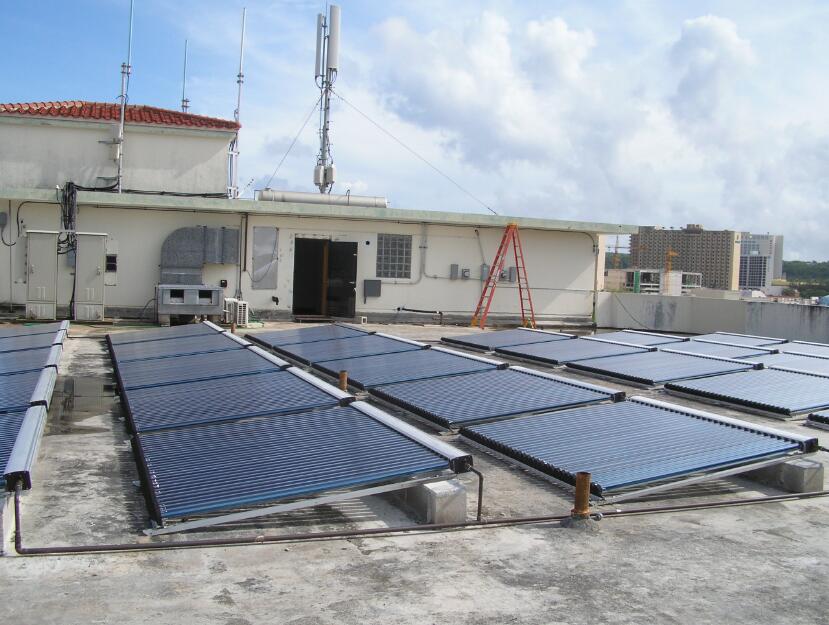Views: 0 Author: Site Editor Publish Time: 2024-09-20 Origin: Site

Using a solar water heater in winter months requires some adjustments to ensure efficiency and prevent damage due to freezing temperatures. Here’s how to effectively use one during colder seasons:
Closed-loop (indirect) systems: These systems use antifreeze (typically glycol) in a closed circuit to transfer heat from the solar collectors to the water. The antifreeze prevents freezing and ensures the system works even in very cold conditions.
Drain-back systems: These systems drain the water from the collectors when it’s too cold, preventing freezing. Ensure that this automatic draining function is working properly in winter.
Open-loop (direct) systems: If your system is not frost-protected, you might need to manually drain it or install a freeze protection valve, which will drain the water if temperatures drop too low.
Insulate all exterior pipes and connectors to prevent freezing and heat loss. High-quality insulation reduces the risk of burst pipes and keeps the heat inside the system.
During periods of prolonged cloud cover or very low sunlight, the solar system might not provide enough hot water. An auxiliary heater (such as an electric or gas backup) will supplement the solar energy and ensure a constant supply of hot water.
Ensure that your solar collectors are positioned optimally. In winter, the sun is lower in the sky, so increasing the angle of the collectors (typically 45-60 degrees, depending on your latitude) can maximize sun exposure.
Check the system for leaks, sediment buildup, and wear, especially in winter. Ensure the antifreeze is at the correct concentration (for closed-loop systems) and replace it if needed.
You can adjust the temperature settings of your backup heating element to take over when solar energy is insufficient. During sunny winter days, your solar system should still provide adequate heating.
If available, a solar tracker can adjust the angle of your solar panels throughout the day to capture maximum sunlight during shorter winter days.
Following these steps ensures that your solar water heater remains efficient and safe throughout the winter months.